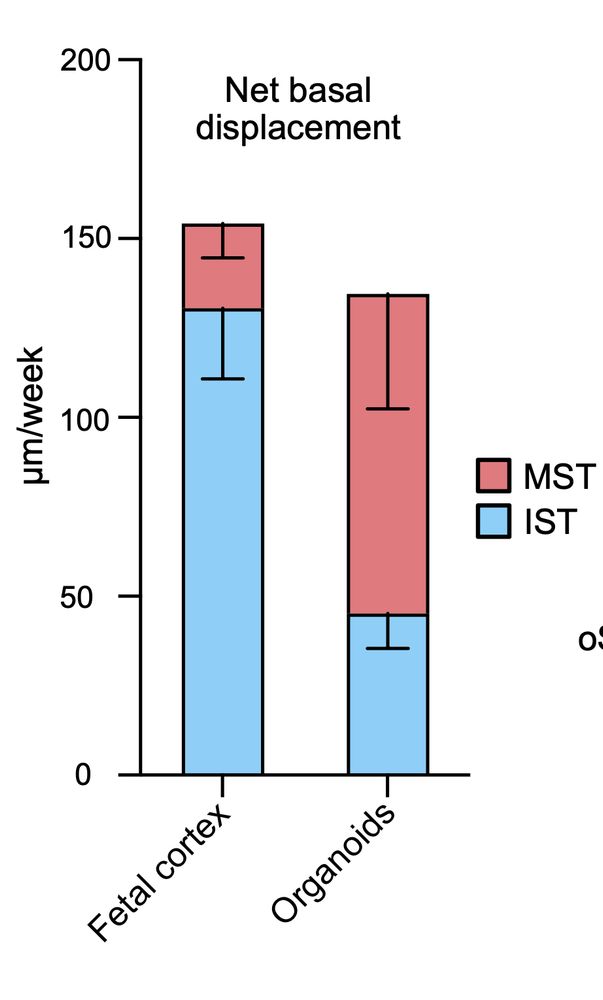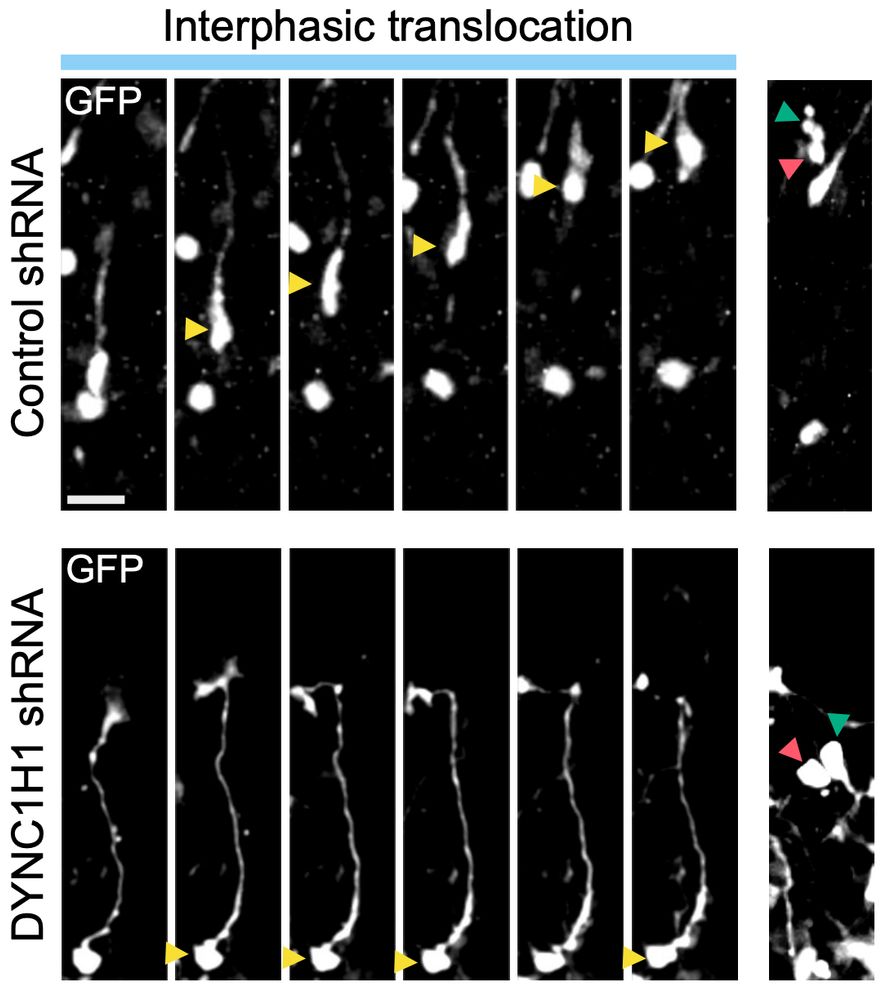
Looking at things in the human brain with a touch of live-imaging!
Currently in Institut Curie working on human brain development with a twist on cancer.
SOX2-positive cells forming the heart of the developing human cerebellum 🧡, framed by a glowing outline of PAX6-positive neighbors 💙. A tiny but breathtaking glimpse into brain development under the microscope. 🧠💡

SOX2-positive cells forming the heart of the developing human cerebellum 🧡, framed by a glowing outline of PAX6-positive neighbors 💙. A tiny but breathtaking glimpse into brain development under the microscope. 🧠💡


www.biorxiv.org/content/10.1...

www.biorxiv.org/content/10.1...

www.biorxiv.org/content/10.1...

www.biorxiv.org/content/10.1...


Enjoy! 🎧
Enjoy! 🎧






What he realised is that bRG cells have two, totally independent modes of migration, for which he managed to identify the molecular mechanisms.

What he realised is that bRG cells have two, totally independent modes of migration, for which he managed to identify the molecular mechanisms.
www.biorxiv.org/content/10.1...
www.biorxiv.org/content/10.1...

